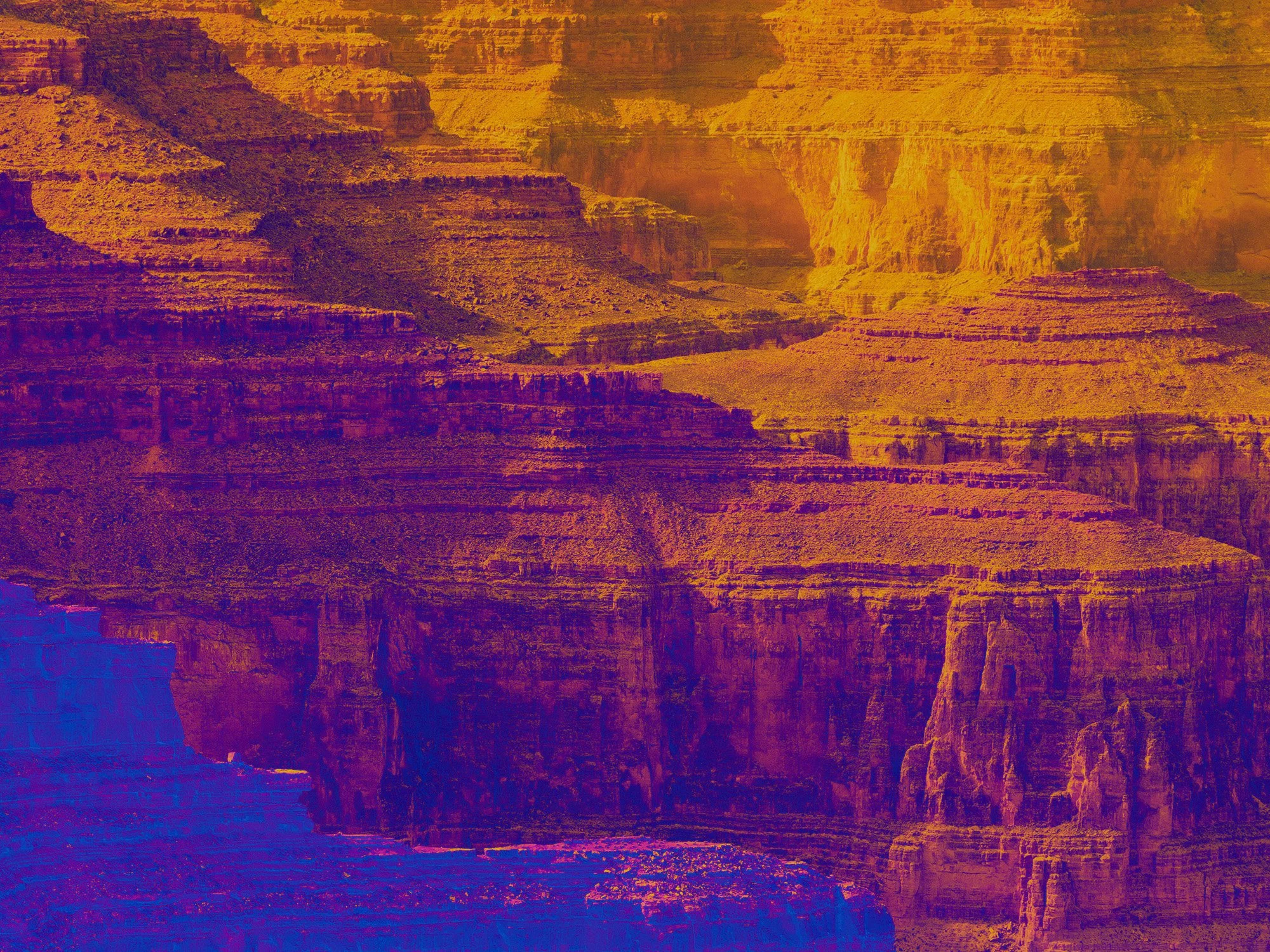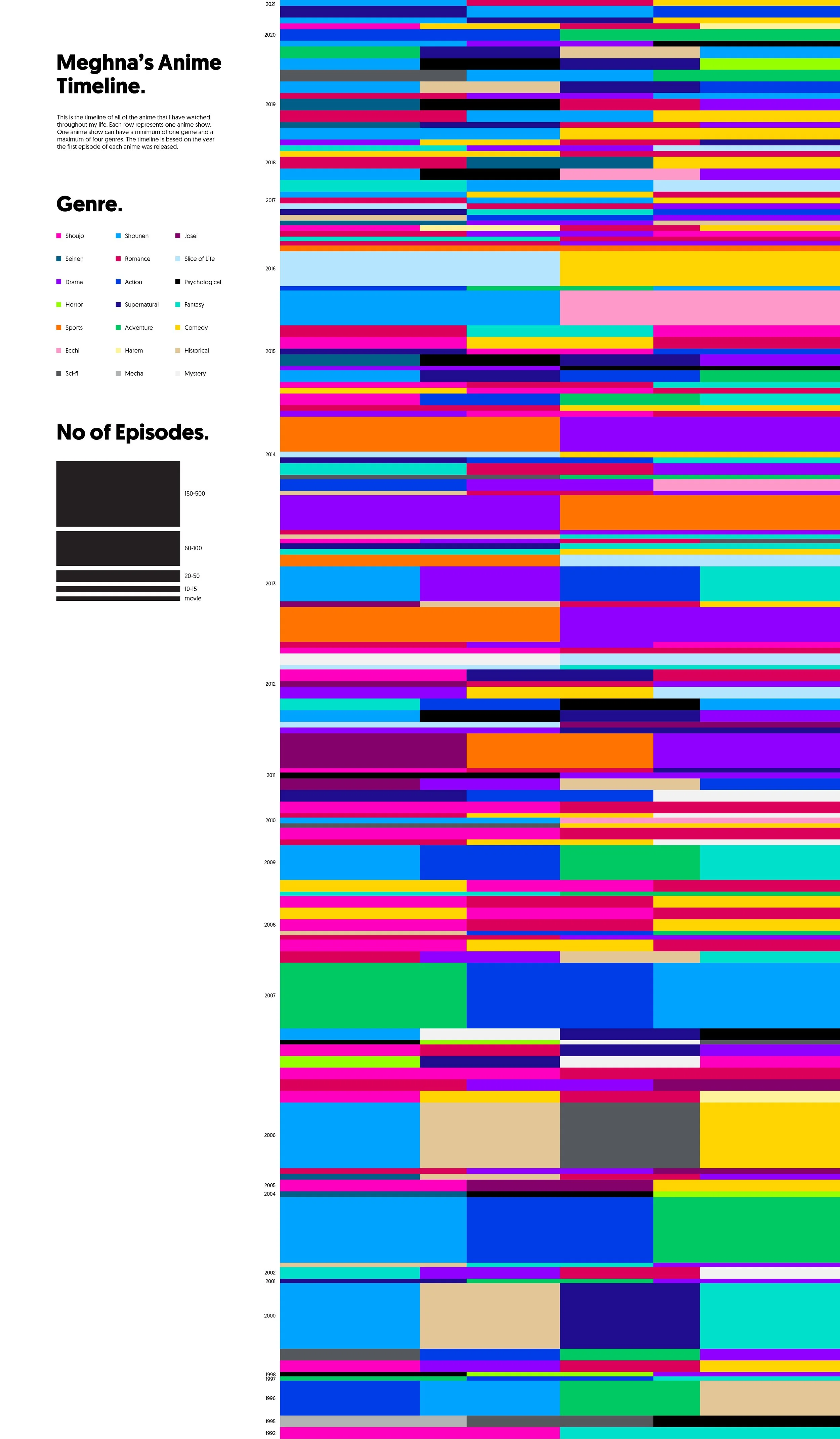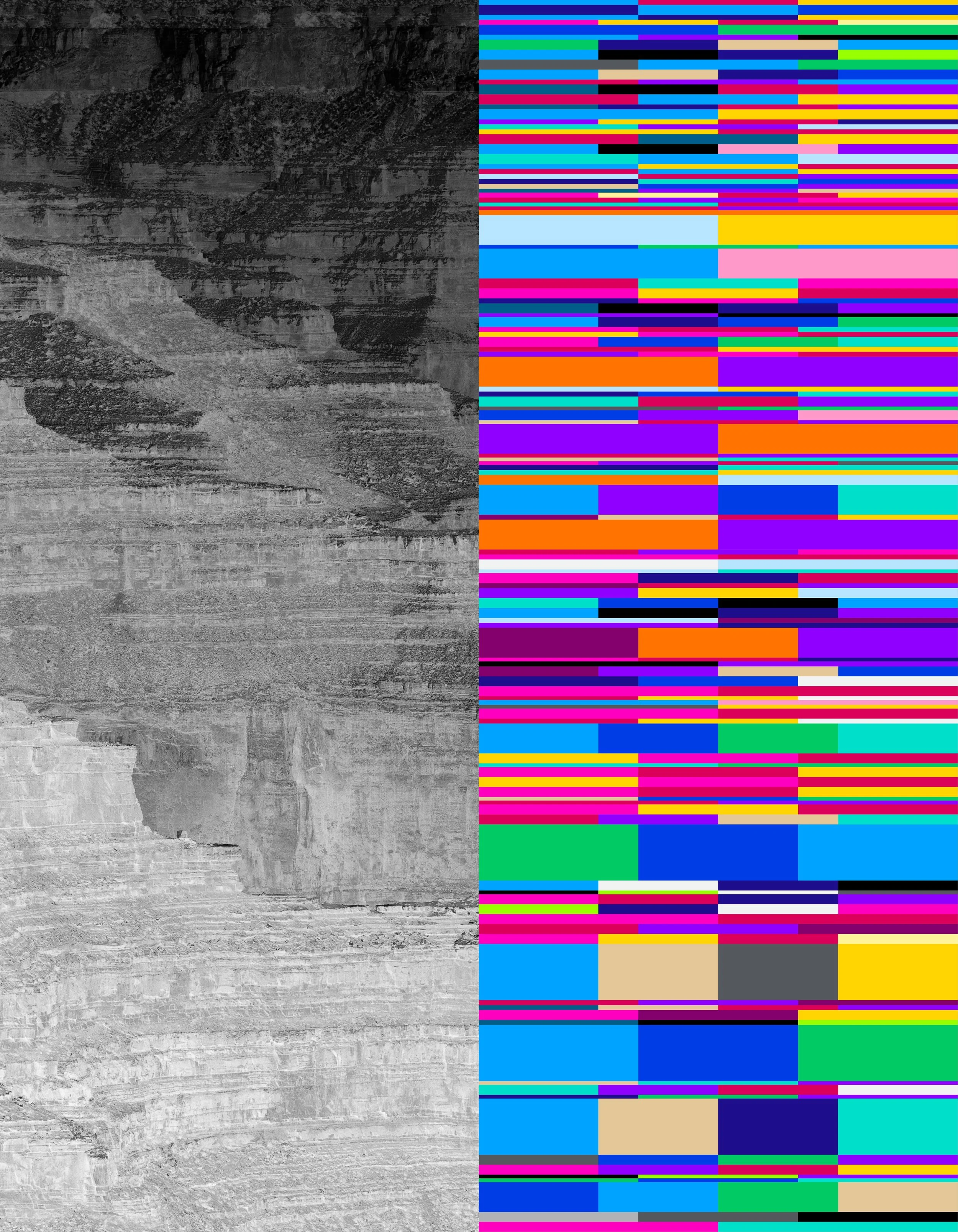“Geologists have a saying. Rocks remember.”
-Neil Armstrong
As I was contemplating how to begin this research, I thought looked to my own environment. The first investigation began in Saudi Arabia. Where I live, it is miles and miles of shifting sands, blazing heat, a lot of rocks. Honestly, I didn’t know what to do with this environment. How do I implement sand, rock or shrub into my data visualization practice?
I had the opportunity to go to Judah Thumb, a rock formation in the middle of the desert during the winter. I didn’t really understand why this one was so special, there are hundreds of the same formations throughout the desert. I was looking back at these pictures and noticed that the rock was made up of layers.
Rocks are the pages of the Earth’s storybook. Rock layers tell the story of the land. Major events. Climate history. Past life organisms. Each layer is a piece of data of the Earth’s history. How do I apply this way of nature recording data to my own data visualization practice.
I realized I needed a large amount of data based on a timeline to implement rock layers as a method for data visualization. I have a practice of recording all the anime I have watched in a list. There is a total of 120 shows that I have recorded so far that range through genres in a linear timeline. This works perfectly with using the visualization of rock layers as each layer will present a history.
//Reflection
When I finished visualizing this data, I thought to myself, What was I doing in this investigation? I looked to nature, I saw what it was doing and then applied it to my own practice. I couldn’t really pinpoint what exactly I was doing. Maybe it was biomimicry but biomimicry deals with the forms and functions of nature while I was looking at nature purely from the perspective of form. In the end, I called it a nature-inspired practice though that didn’t sit quite right with me either.
After a discussion with Dimeji, I found more clarity about what it is that I am doing. I was looking to patterns in living systems, applying it to mechanical systems and creating a hybrid, a socio-technical system. My thoughts on this is that I feel I heavily rely on mechanical systems. The forms are inspired by the living systems and the function of the form and the form is created through the mechanical systems. How do I balance out them out?
Do I introduce natural materials into the making? Should I do making by not using any software? In the end, it will all end up in the digital realm so does it even matter if I introduce nature materials or not use software? Other thoughts have come up around my perception of nature. Was my perception of nature even challenged in this investigation?
In this investigation, I looked to rock formations which is part of vast landscapes which I have always believed to have been part of nature and it certainly is but was I challenged? Perhaps not. How do I challenge my perceptions then? Vast landscapes are an “obvious” part of nature. Next time, do I look the parts of nature that are often overlooked? Instead of looking to vast landscapes, do I look to nature at a more micro-level?
Designer + Researcher: Meghna Mitra
Advisor: Dimeji Onafuwa






